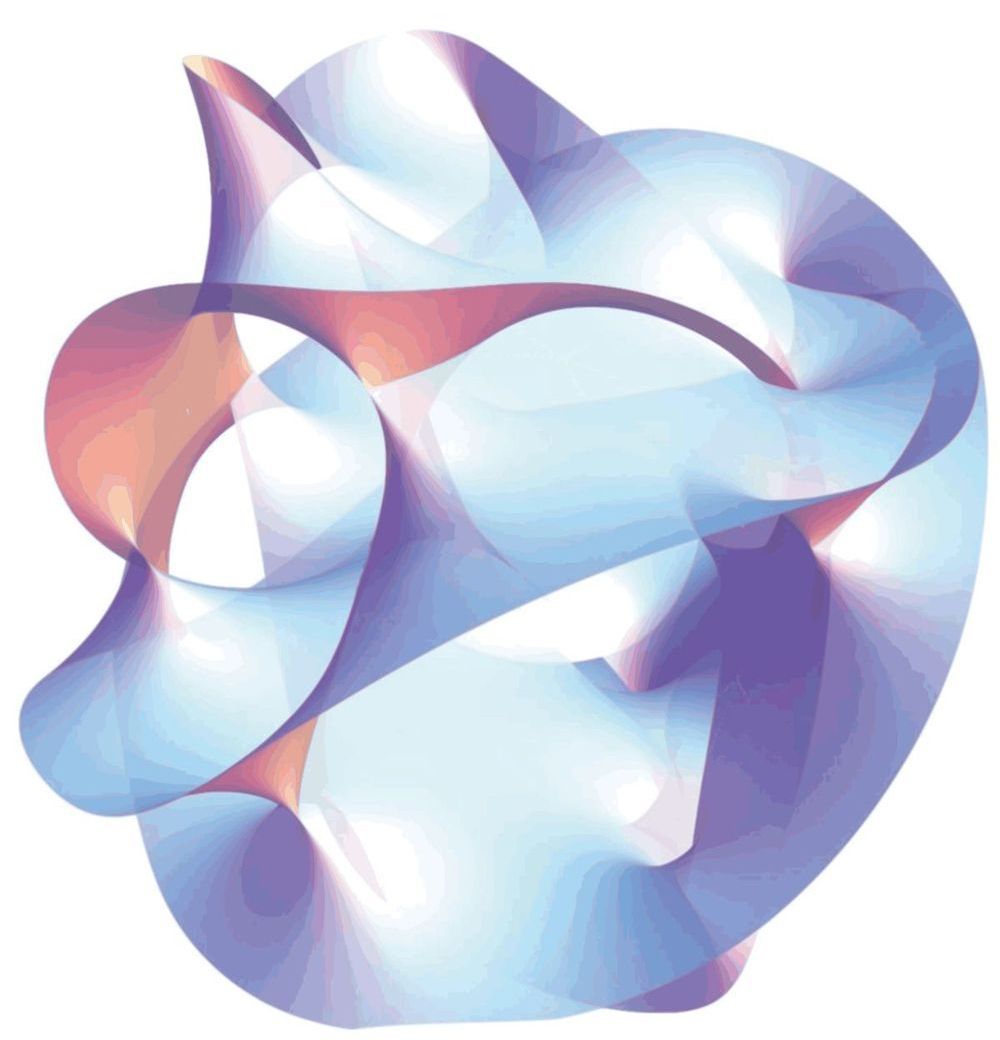M-theory is a theory in physics that unifies all consistent versions of superstring theory. The existence of such a theory was first conjectured by Edward Witten at a string theory conference at the University of Southern California in the Spring of 1995. Witten’s announcement initiated a flurry of research activity known as the second superstring revolution.
Prior to Witten’s announcement, string theorists had identified five versions of superstring theory. Although these theories appeared, at first, to be very different, work by several physicists showed that the theories were related in intricate and nontrivial ways. In particular, physicists found that apparently distinct theories could be unified by mathematical transformations called S–duality and T–duality. Witten’s conjecture was based in part on the existence of these dualities and in part on the relationship of the string theories to a field theory called eleven-dimensional supergravity.
Although a complete formulation of M-theory is not known, the theory should describe two- and five-dimensional objects called branes and should be approximated by eleven-dimensional supergravity at low energies. Modern attempts to formulate M-theory are typically based on matrix theory or the AdS/CFT correspondence.
